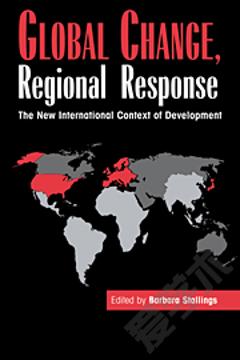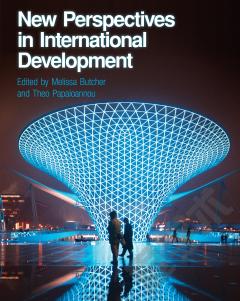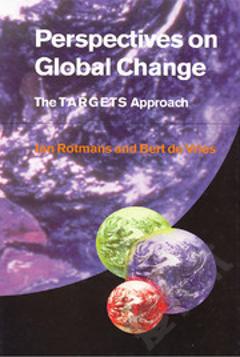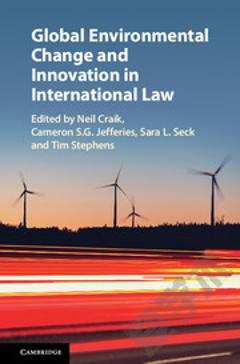Global Change, Regional Response: The New International Context of Development
This book offers a new perspective in studying contemporary development. Part I explores how the ending of the cold war, shifting relations among capitalist powers, changing patterns of finance, globalization of trade and production, and new ideological currents have altered development in four major third-world regions. Part II suggests how development options were molded by the dominant international power in each region: the United States in Latin America, Japan in East and Southeast Asia, and Europe with the international financial institutions in Africa. Part III provides a conceptual framework for analyzing regional performance: variation in economic capacity, trade opportunities, and access to finance shaped the development chances of each region, producing rapid growth in Asia, stagnation in Latin America, and economic contraction in sub-Saharan Africa during the 1980s and early 1990s. It also speculates about future trends based on varying development models.
{{comment.content}}








 京公网安备 11010802027623号
京公网安备 11010802027623号